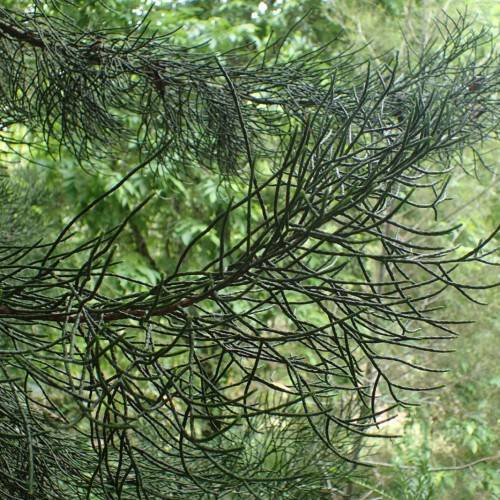
pond cypress
Taxodium distichum var. imbricarium
Cycle:
Perennial
Watering:
Frequent
Hardiness Zone:
4 - 9
Flowers:
Flowers In Spring
Sun:
Full sun only if soil kept moist, Part sun/part shade
Soil:
Acidic, Bog, Well-drained
Cones:
Yes
Leaf:
Yes
Growth Rate:
Moderate
Maintenance:
Low
Drought Tolerant:
Yes
Salt Tolerant:
Yes
watering
Pond Cypress should be watered well at least twice a week, with a generous amount of water each time. During the warmer months, the soil should be kept continually moist but not soggy. When watering, be sure to cover the root system thoroughly, soaking it until excess water flows out of the pot's drainage holes. During the winter months, watering should be reduced and only done if the soil is dry below the surface.
sunlight
Pond cypress (Taxodium distichum var. imbricarium) is a plant species that prefers full sun exposure for most of the day. It should receive around 6-8 hours of direct sunlight each day for best growth and health. It thrives in areas with sunlight in the morning hours, as well as afternoon and evening light. Partial sun is also suitable for pond cypress, but it should not be in full shade. If the species is exposed to too much direct sunlight in areas with harsh summers, it is best to give it some afternoon shade to provide relief from the heat.
pruning
Pond cypress (Taxodium distichum var. imbricarium) should be pruned in early spring before new growth appears. Pruning should be done lightly and selectively, with only dead, damaged, and crossing branches removed. Young trees should not be pruned as this will affect their growth and shape. Older trees may require more trimming to keep them at desired size. Prune branches that are rubbing against 1 another, those that are growing inward, and any branches that may be blocking pathways or causing a safety hazard.
